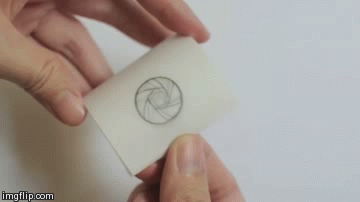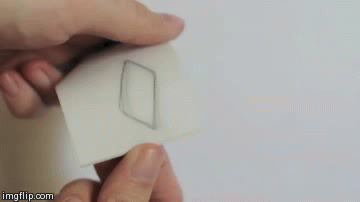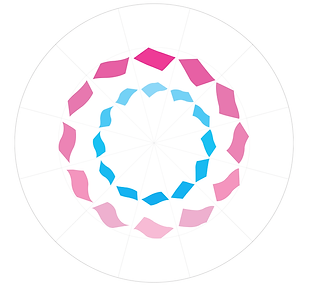retro-spectives
Phenakistoscope-Pinwheel Wall
THE PHENAKISTOSCOPE
...is one of the earliest optical toys, invented by Belgian physicist Joseph Plateau in 1832. It makes use of the Persistence of Vision where:
One of the qualities of analog devices is the ability to fascinate us even for a moment. I went on to research on early automata and optical toys, which primarily involves the movement of rotation — which many analog devices also employ.
THE
IDEA:
THE PHENAKISTOSCOPE-PINWHEEL WALL

"If several objects which differ sequentially in terms of form and position are presented one after the other to the eye in very brief intervals and sufficiently close together, the impressions they produce on the retina will blend together without confusion and one will believe that a single objects is gradually changing form and position."
[source]
What if I recreated the 'technology' of these optical toys using more commonly-known rotating devices?


MOVING
ON:
EXPERIMENTS
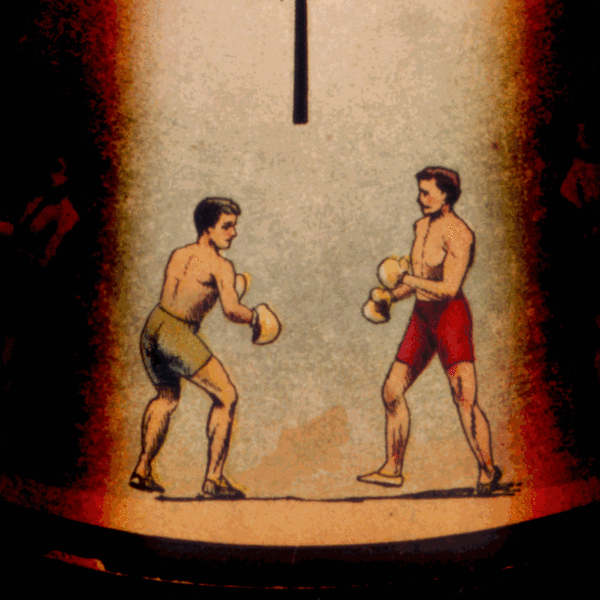
[source]
ROUND 1
Experimentation with number and size of blades and how they affect speed, slit/gap size and consequently visibility


ROUND 1.5
Experimentation with images

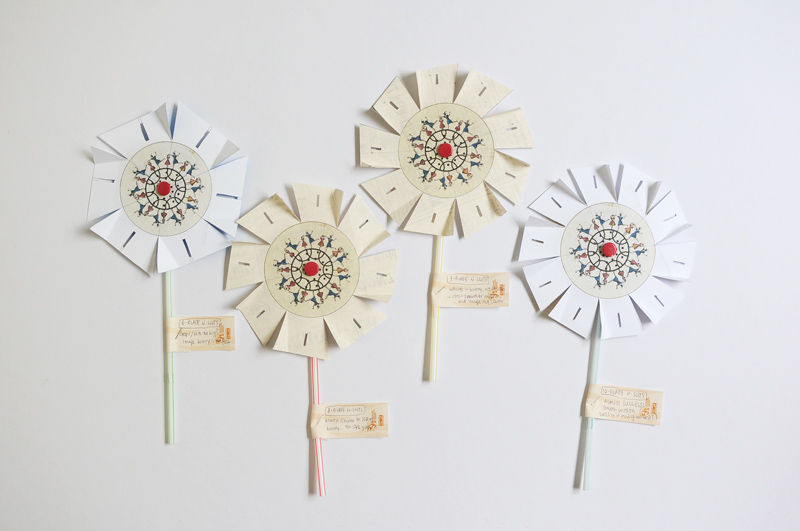
I experimented cutting slits in the blades to see if it improves visibility. What it did was simply to double up the number of blades (and therefore frame rate), which caused the image to move too quickly.
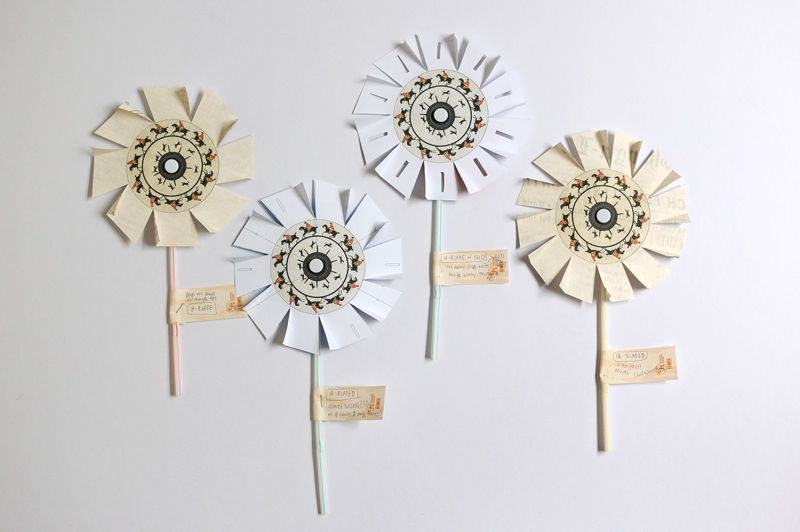
I was trying to find the relationship between the number of frames (of the image) and the number of blades. Turns out the ratio is 1:1. (E.g. an image with 7 frames would need 7 blades)

Further experiments with other images with a different number of frames.

I experimented cutting slits in the blades to see if it improves visibility. What it did was simply to double up the number of blades (and therefore frame rate), which caused the image to move too quickly.
ROUND 2
Further experimentation with finer details
ROUND 3
Experimentation with words and movement of images
MOVING
ON:
CONTENT/IMAGERY?

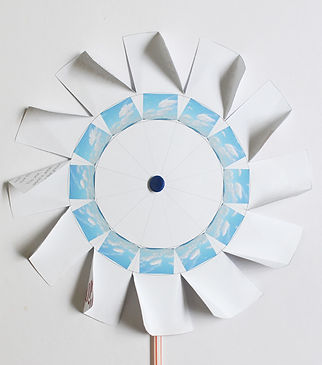
GIFs?
Experimentation using the frames of a GIF image
Typographic?
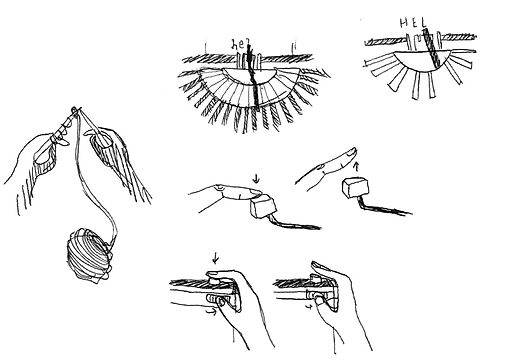
Gestures and actions involved in analog devices/ activites?
